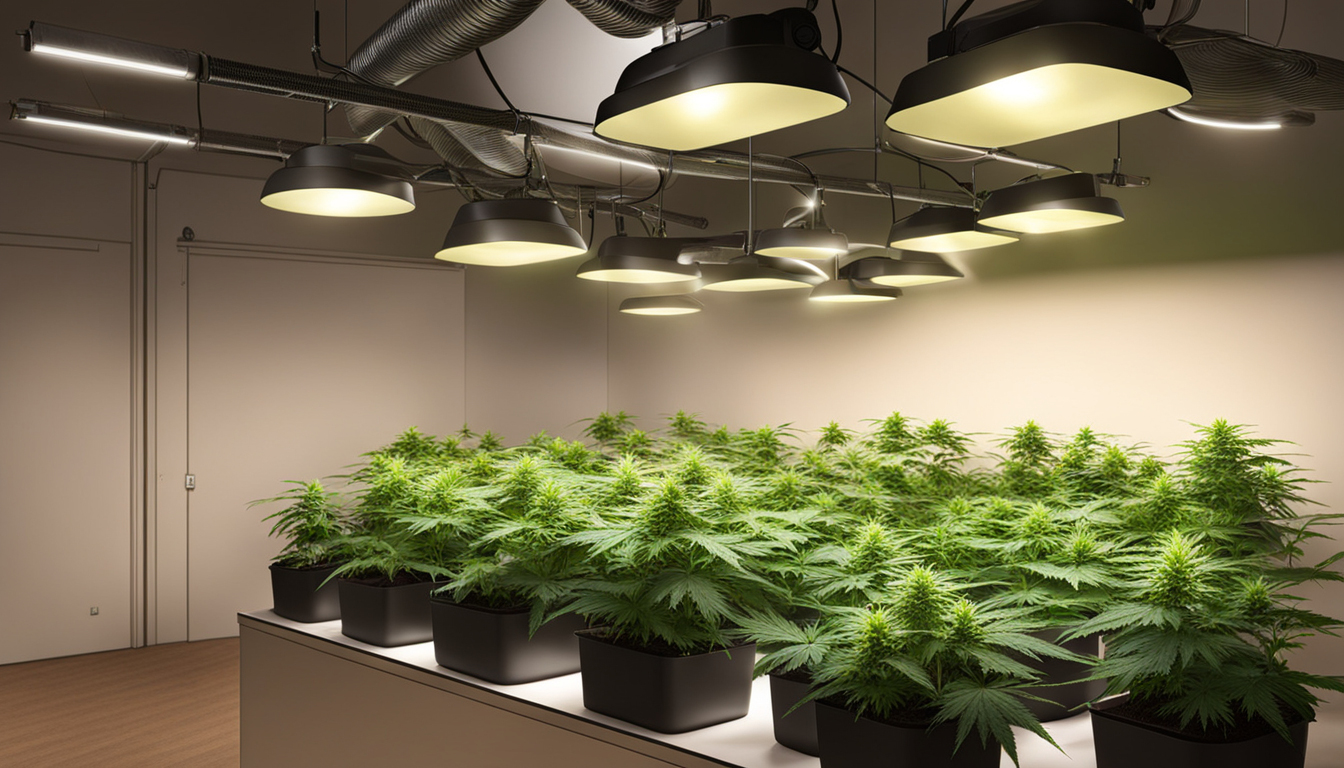
Whether you're new to marijuana production or looking to improve your existing grow, following this complete guide will help you produce big, high-quality yields right at home. With the right supplies, strategies, and care, growing marijuana indoors can be an extremely productive and cost-effective endeavor.
Choosing Cannabis Strains
The first step in planning your indoor crop is choosing the right cannabis strains to grow. The three main types of marijuana plants each have their own qualities.
Energizing strains
Known for their energizing intellectual effects, these strains spread tall and slender with narrow leaves. They thrive in hotter equatorial climates and have a longer blooming time between 2.5-3 months indoors. Top energizing varieties include Sour Diesel, Durban Poison, and Jack Herer.
Indicas
These strains provide calming body-focused effects and spread short and bushy with wide leaves. Accustomed to cooler mountain climates, they flower faster within 2-2.25 months. Popular relaxing varieties include Northern Lights, Bubba Kush, and Bubba Kush.
Mixed strains
Mixed strains blend traits from both sativas and relaxing strains. They offer blended effects and have medium blooming periods around 9-10 weeks. Well-known mixes are OG Kush, Girl Scout Cookies, and Blue Dream.
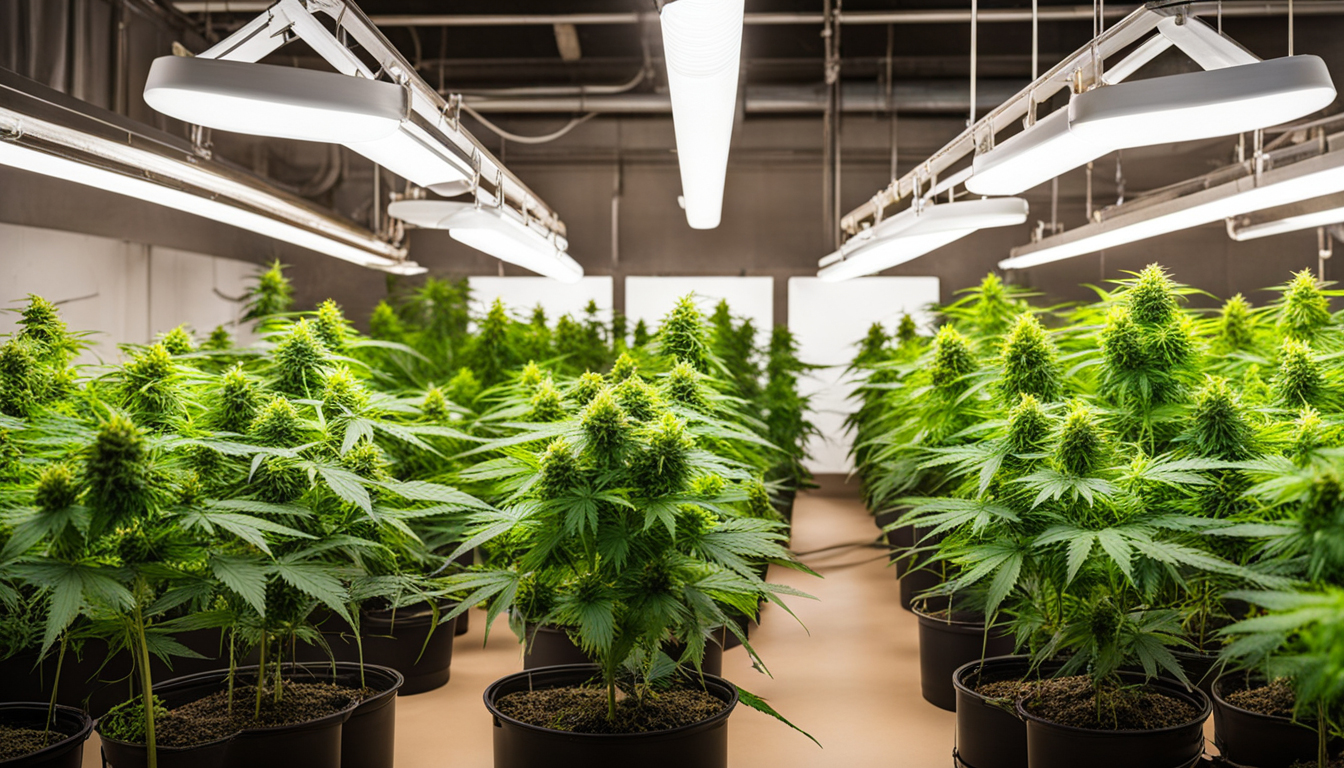
Setting Up Your Grow Space
Weed plants need the right controlled environment to succeed. Key factors for indoor cultivations are lights, airflow, layout, and finding the ideal discreet area.
Location
Choose an empty space with direct access to irrigation and power outlets. An empty extra bedroom, unused closet, corner of the basement, or grow tent tucked away in a garage all make great stealthy grow room spots.
Lights
Marijuana requires strong light for all vegetative stages. LED grow lights are energy-efficient and come in broad spectrum options simulating natural outdoor light. Provide 15-25 watts per square foot for the vegetative stage and 20-40 watts per square foot for bloom.
Airflow
Proper ventilation and exhaust systems maintain ideal temperature, moisture, and pure CO2 levels. Install silent 4-6 inch fans or carbon filters to refresh stale air and reduce smells.
Layout
Maximize your space by arranging plants carefully under the lamps and allowing room to reach and work around them. Set up separate zones for vegetation, flowering, drying, and cloning.
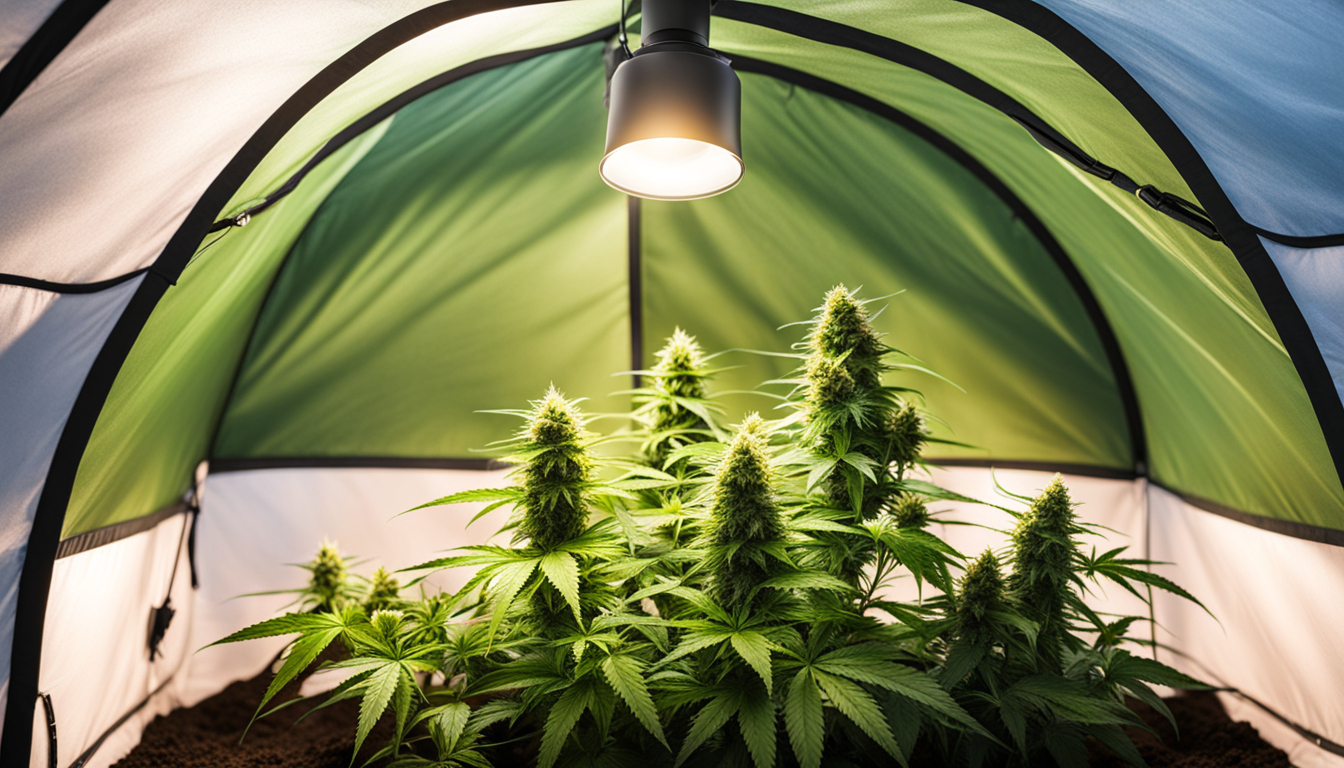
Cultivation Mediums
Pot can be grown in different substrates, each with pros and cons. Pick a appropriate option for your particular setup and growing style.
Soil
The traditional medium, soil is inexpensive and easy for new growers. It provides excellent flavor but needs more watering and nutrients to nourish plants. Enrich soil with perlite or coir to enhance aeration.
Coco Coir
Made from coir, renewable coco coir retains water but still lets in air to the roots. It's cleaner and more consistent than soil. Use coco-specific fertilizers to avoid accumulation.
Hydroponics
In water systems, plant roots develop directly in fertilizer water solution. This enables rapid development but needs close observation of water Watch Now chemistry. DWC and irrigation systems are popular methods.
Germinating Seeds
Germination prepares your cannabis seeds to start growing taproots. This readies them for transplanting into their growing medium.
Towel Method
Place seeds between moist paper towel and keep them damp. Inspect after 2-7 days for emerging radicles indicating germination is complete.
Planting directly
Plant seeds right into wetted growing medium 6mm deep. Gently water and wait 7-14 days until sprouts break through the surface.
Cubic rockwool
Soak rockwool cubes in pH-adjusted water. Place seeds 1⁄4 inch deep into the cubes. Keep cubes wet until sprouts emerge within 1-14 days.
Repotting Seedlings
Once sprouted, pot seedlings need to be transplanted to prevent overcrowding. Move them into proper sized pots.
Preparing Containers
Load final pots with cultivation medium enriched with slow-release nutrients. Let containers to absorb water for 8-12 hours before repotting.
Carefully Transplanting
Gently loosen young roots from germination medium using a spade. Put into prepared container at equal depth as before and lightly water in.
Vegetative Stage
The growth stage promotes foliage and plant structure through 3/4 to full day of daily light intensity. This stage usually lasts 4-8 weeks.
Using 18-24 Hours of Lighting
Use grow lights on a 24 daily schedule or outdoor light to initiate constant photosynthesis. Lamp intensity influences height and node distance.
Fertilizing
Use vegetative stage nutrients richer in nitrogen. Make sure pH stays around 5.8-6.3 for full nutrient uptake. Fertilize 1⁄4 to 1⁄2 concentration after 2 weeks and strengthen gradually.
Training Techniques
Fimming, low stress training, and trellising manipulate shoot patterns for even foliage. This boosts yields.
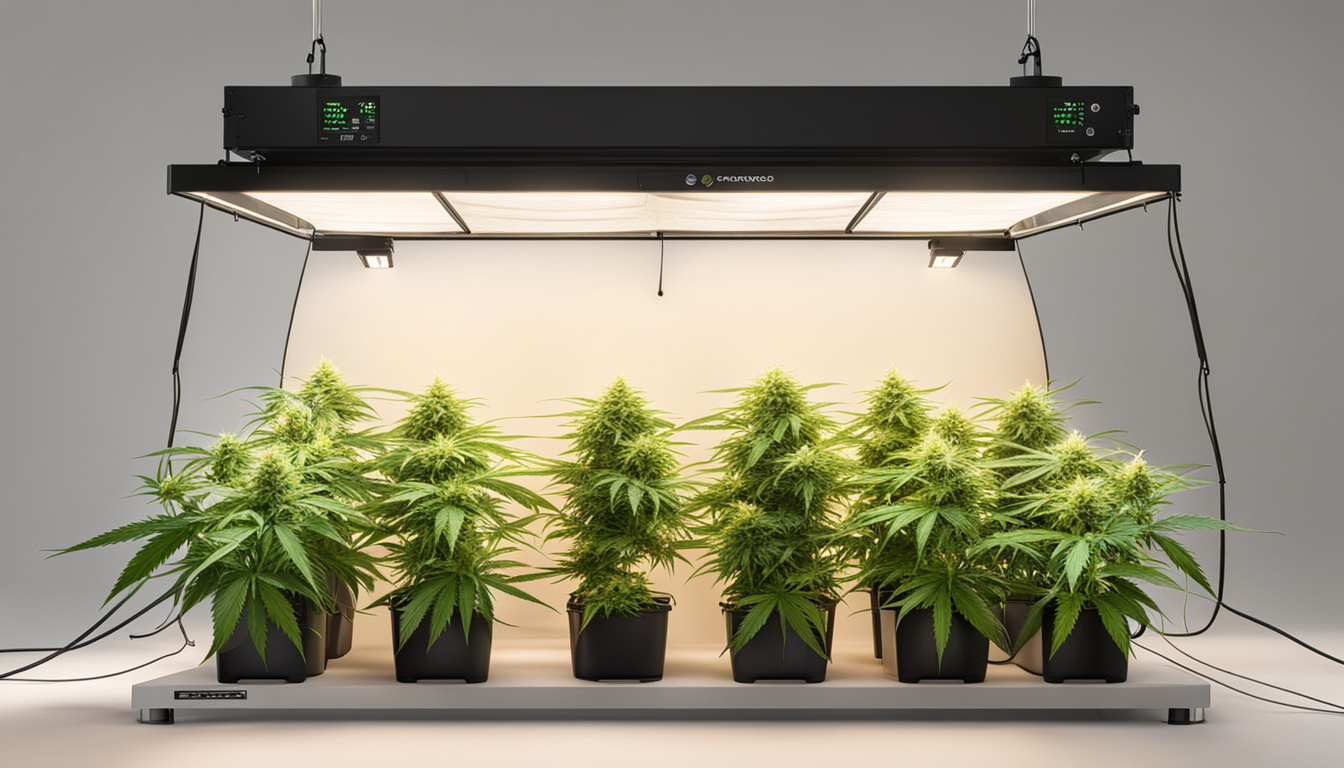
Flowering Stage
The flowering stage develops buds as plants show their sex under a 12 hour cycle timing. It lasts 8-12 weeks depending on strain.
Changing Light Schedule
Switch grow lights to 12 hours on, 12 hours off or move outside for outdoor 12 hour cycle. This signals plants to start flowering.
Stop Fertilizing
Flushing flushes out fertilizer residuals to enhance flavor. Fertilize weakly the first weeks then just use pH'd water the last 2 weeks.
Flushing
Continue 12/12 light timing but flush using neutral pH water only. Return to plain watering if buds aren't yet ripe after two weeks.
Reaping
Knowing when weed is fully ripe ensures maximum cannabinoid content and aroma. Cut down plants at optimal ripeness.
Signs of readiness
Look for fading pistils, swelling calyxes, and 10-15% amber trichomes. Inspect buds around the plant as they don't all ripen evenly.
Cutting Plants
Use sterilized, razor-sharp trimming scissors to gently cut each plant at the base. Leave 5-10cm of stem attached.
Curing
Suspend whole plants or branches inverted in a lightless room with moderate temperature and humidity around 45-65% for 1-2 weeks.
Aging
Curing continues desiccating while improving the buds like aged spirits. This process smooths harshness and intensifies terpene and terpene profiles.
Jars and Humidity
Trim cured buds Watch Now from branches and store into sealed containers, packing about 3⁄4 full. Use a hygrometer to monitor jar humidity.
Burping Daily
Unseal jars for a few hours each day to gradually lower moisture. Rehydrate buds if RH goes under 55%.
Long term storage
After 2-3 weeks when moisture levels off around 55-65%, perform a last manicure and keep forever in sealed jars.
Troubleshooting
Even seasoned growers run into different Subscribe Now marijuana plant problems. Identify issues soon and address them properly to keep a strong garden.
Nutrient Deficiencies
Yellowing leaves often signify insufficient nitrogen. Anthocyanins and leaves signal phosphorus deficiency. Test pH and increase fertilizers gradually.
Pests
Spider mites, fungus gnats, mites, and root aphids are frequent weed pests. Use organic sprays, ladybugs, and sticky traps for natural control.
Powdery mildew
High moisture encourages botrytis and bud rot. Increase airflow and venting while lowering RH below 50% during bloom.
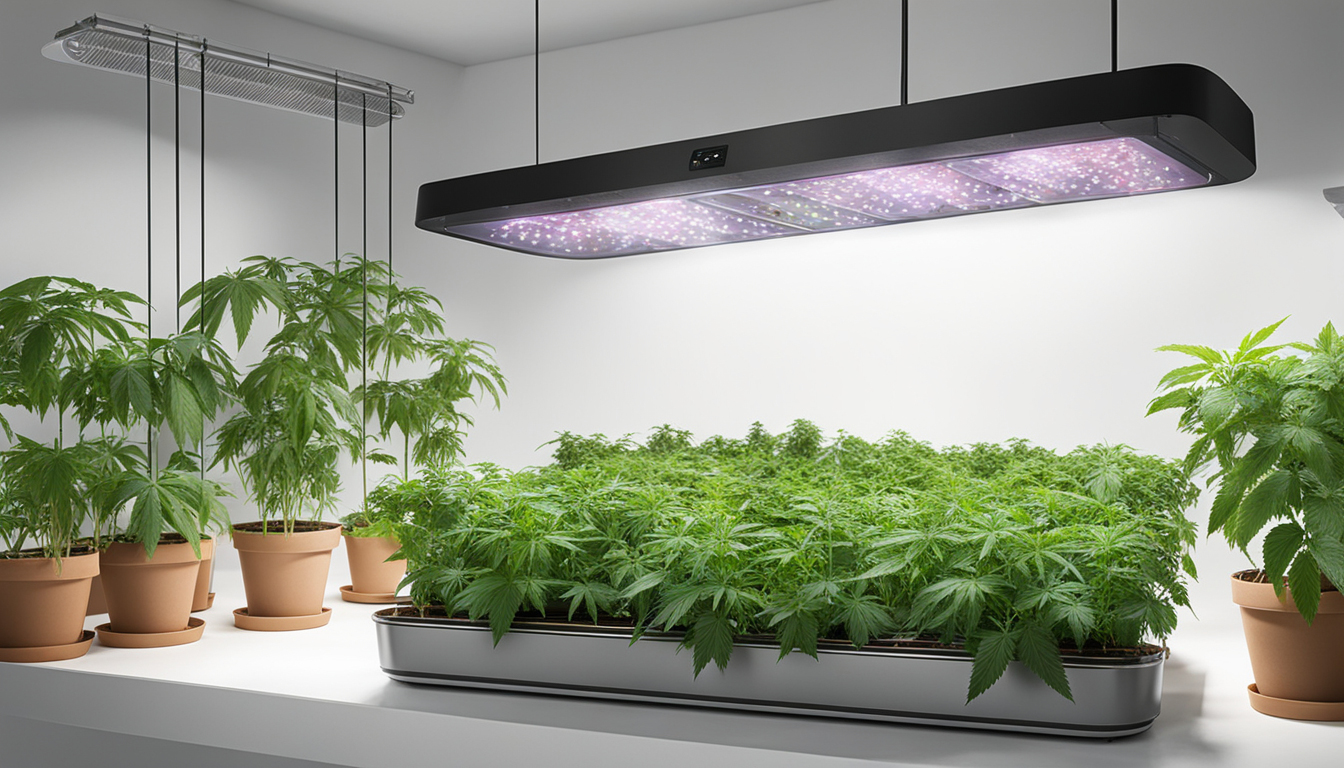
Conclusion
With this complete indoor pot cultivation guide, you now have the info to cultivate plentiful strong buds for personal harvests. Apply these techniques and techniques throughout the germination, vegetative, and flowering stages. Invest in good gear and closely monitor your plants. In time, you'll be rewarded with sticky fragrant buds you grew yourself under the loving care of your green hands. Good luck cultivating!